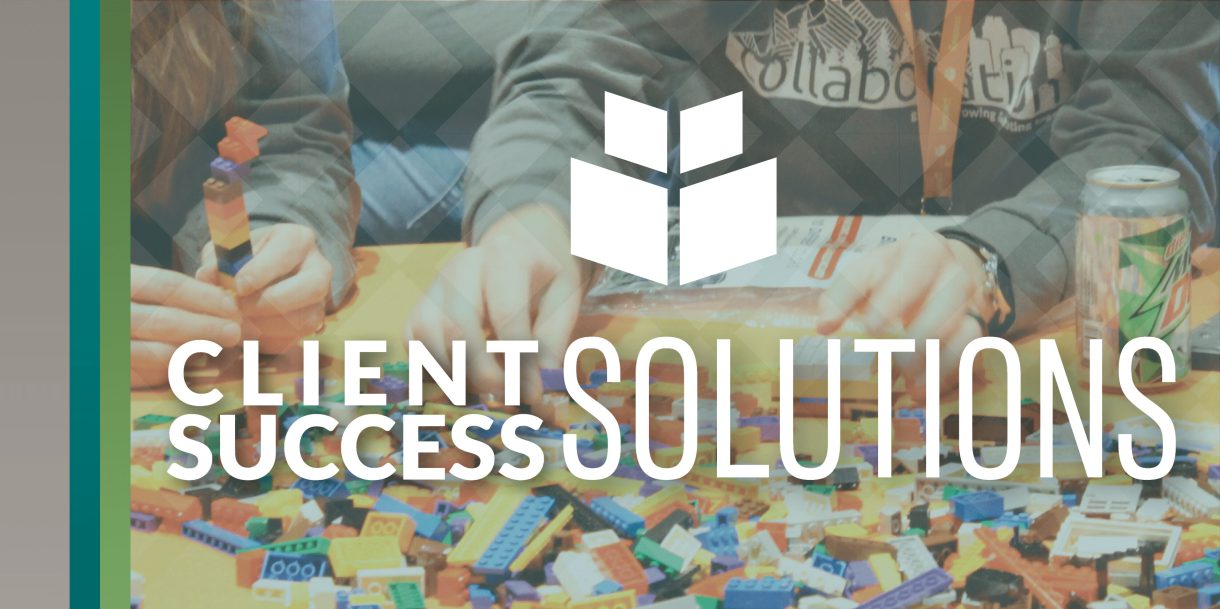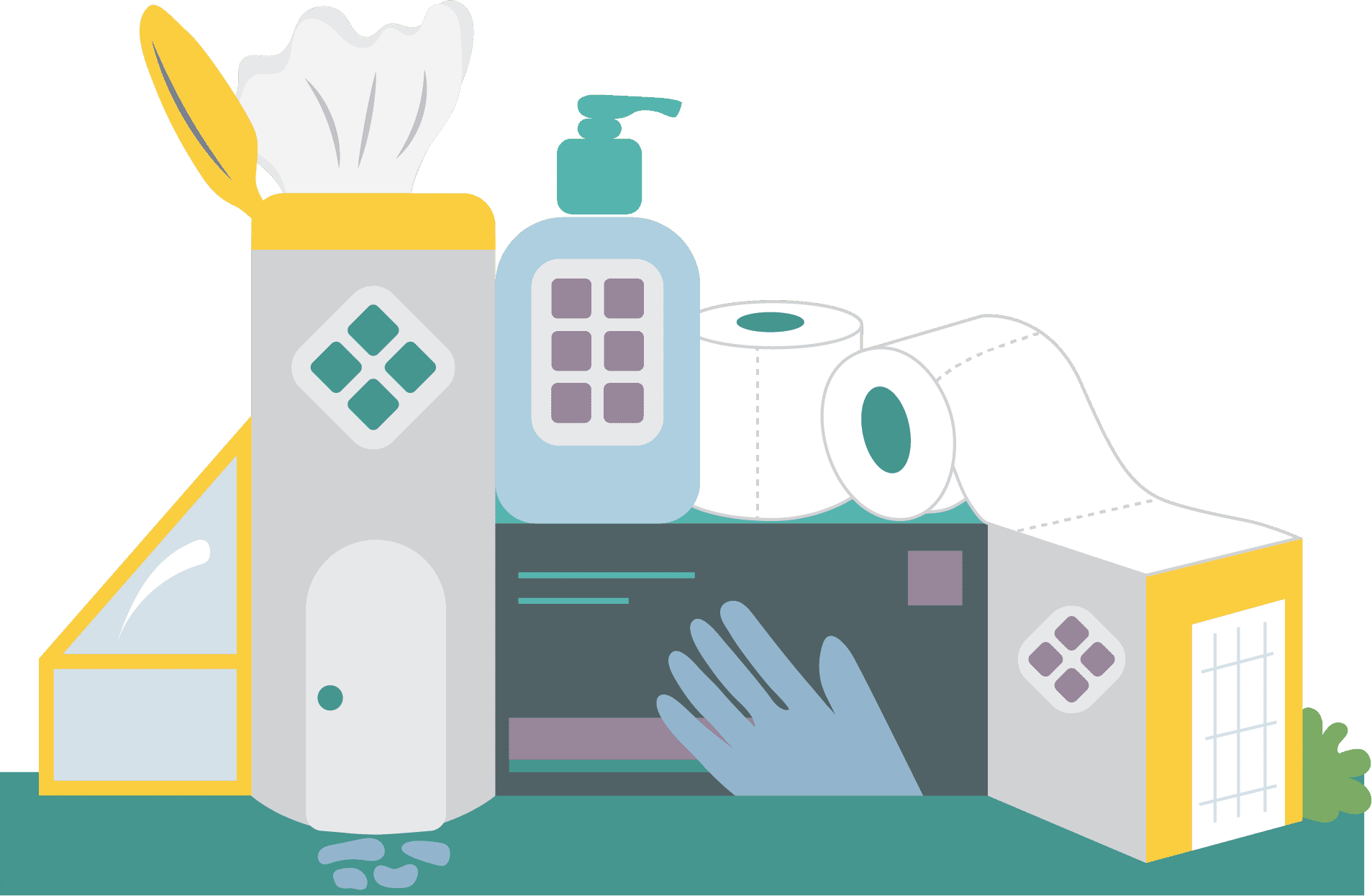
 In a post-COVID-19 world, buyers, builders, and designers will be re-envisioning how we use familiar spaces.
In a post-COVID-19 world, buyers, builders, and designers will be re-envisioning how we use familiar spaces.
Those who have shifted to working, teaching, or child-rearing primarily or entirely from home have had a lot of time to reflect on how their spaces support or hinder their new pattern of life. Similarly, those who have continued to work in offices or other shared public spaces have experienced firsthand the challenge of balancing collaboration with safe social distances.
While it is too soon to predict exactly howand how muchthe COVID-19 pandemic will affect architecture and interior design, trends are already emerging as people adapt and repurpose their existing spaces to promote productive work, physical health, and mental well–being.
Residential
- Creating entryways that better delineate indoors and outdoors. Foyers, mudrooms, garages, and laundry functions near an exterior door provide a convenient way to shed “going out” clothes and shoes before coming inside. They also provide a staging area to isolate and disinfect any packages or gear. In homes without these transitional spaces, residents are creating them by moving laundry hampers closer to entrances, setting up trays or baskets to collect shoes, and making sanitizing gels and wipes easily accessible.
- Cultivating outdoor living spaces. For four decades, suburban neighborhoods have witnessed increasing square footage on stable or decreasing lot sizes. What once seemed like a smart way to snag a spacious home with little to no lawn maintenance has now proven to have an unexpected downside: nowhere to go when public spaces are closed. Those looking for a way to get fresh air and sunshine are turning to porches, balconies, and stoopsno matter how smalland sprucing them up to enable outdoor lounging.
- Dividing and delegating indoor spaces. Like ballooning home footprints, open-concept floor plans have seen a huge upswing in popularity in recent years. But their ability to keep family members connected while engaged in different activities also make them difficult to occupy when each family member has different needs, and even large open areas can feel stifling when going out is not an option. To counteract this, people are carving out specific spaces for work/school, relaxation, and exercise. Something as simple as turning a chair away from distractions or designating one area for checking emails and another for paying bills can provide the separation needed to focus on the task at hand.
Residential & Commercial
- Upgrading to touchless technologies and automation. Hard, nonporous surfaces are notorious for harboring pathogens, and there are countless articles warning of the diseases lurking on high-touch surfaces like light switches, computers and phones, and door handles. Frequent cleaning and sanitizing are the common lines of defense, but another alternative is replacing touch-operated devices with touchless alternatives. Voice-activated and motion-detecting technologies can open doors, adjust thermostats, and turn lights on or off without the need for contact, cutting down on disease transmission possibilities. These technologies are also beneficial for individuals with reduced mobility, impaired vision, and other physical challenges.
- Using antimicrobial surfaces. In situations where it is not possible to avoid contact with surfaces, switching out familiar materials like stone and laminate for naturally antimicrobial ones like copper may be the next best thing. Engineered antibacterial solutions like Krion¢, a solid surface that mimics the look and feel of stone, and Richlite, a paper-based composite with uses ranging from furniture to wall paneling and building facades, are also likely to see a rise in popularity.
Are you planning a residential or commercial renovation or new build? Interested in incorporating design principles and technology that will better enable your family or business to weather future uncertainties? Our Director of Commercial/Multi-Family Development Tucker McKenzie and Director of National Residential John Ihnatolya can help you make smart choices on your next development project in a post-COVID-19 landscape. Contact Tucker at (919) 238-0334 or tmckenzie@withersravenel.com. Contact John at (919) 535-5216 or jihnatolya@withersravenel.com.
